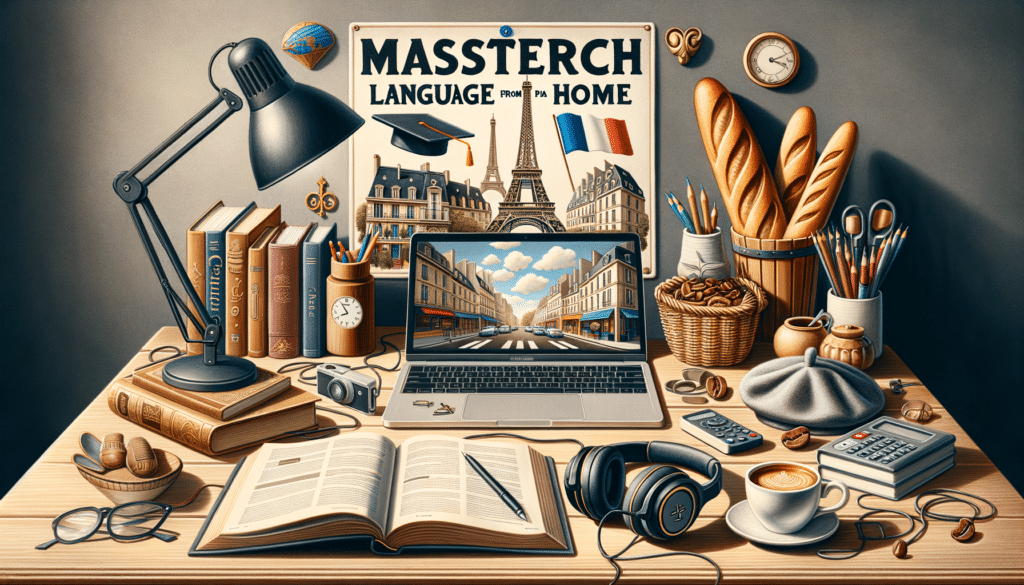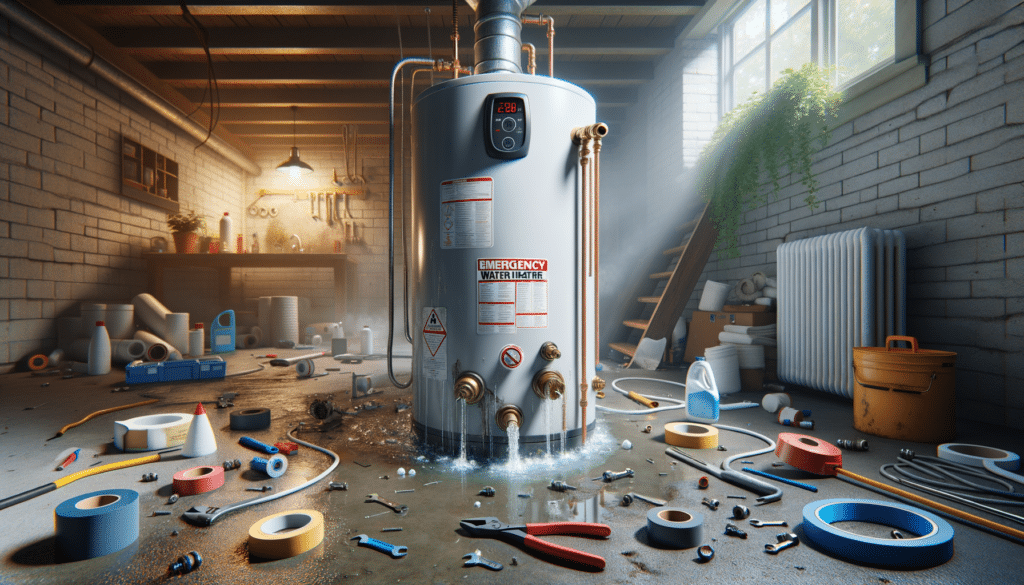Understanding the Need for Storm Shelters
Storm shelters play a critical role in protecting individuals and families from the devastating effects of severe weather events such as tornadoes, hurricanes, and severe thunderstorms. These shelters are specifically designed to withstand extreme weather conditions, providing a safe haven when nature’s fury is at its peak. The importance of storm shelters cannot be overstated, particularly in regions prone to such weather phenomena.
In recent years, the frequency and intensity of storms have increased, leading to a heightened awareness of the need for reliable protection. According to the National Oceanic and Atmospheric Administration (NOAA), the United States experiences an average of 1,000 tornadoes each year, with states in the Tornado Alley being most affected. This alarming statistic underscores the necessity of having a storm shelter in place to safeguard lives and property.
Storm shelters are designed to provide a secure environment, often constructed with reinforced steel or concrete to withstand high winds and flying debris. They can be installed above ground, underground, or within a home, such as in a basement or garage. The choice of shelter type depends on various factors, including geographical location, budget, and personal preferences.
Key reasons for investing in a storm shelter include:
- Safety: Provides a secure space during severe weather.
- Peace of Mind: Reduces anxiety about impending storms.
- Property Value: Can increase the resale value of a home.
Ultimately, the decision to install a storm shelter is a proactive measure that prioritizes the safety and well-being of individuals and their families.
Types of Storm Shelters
When considering storm shelters, it’s essential to understand the different types available, each offering unique benefits and features. The primary types of storm shelters include above-ground shelters, underground shelters, and in-home safe rooms. Each type is designed to meet specific needs and preferences, ensuring optimal protection during severe weather events.
Above-Ground Shelters: These shelters are typically constructed from reinforced steel or concrete and are designed to withstand high winds and flying debris. They are often installed in garages or on concrete slabs adjacent to homes. Above-ground shelters are accessible, making them a suitable option for individuals with mobility issues.
Underground Shelters: Installed below the surface, these shelters offer excellent protection from extreme weather conditions. They are often constructed from steel or fiberglass and can be placed in backyards, basements, or beneath garages. Underground shelters provide a high level of safety but may not be suitable for areas with high water tables or flooding risks.
In-Home Safe Rooms: These are reinforced rooms within a home, typically built in basements, closets, or garages. They are designed to withstand severe weather and provide immediate access during emergencies. In-home safe rooms are an excellent option for those who prefer not to leave their homes during storms.
When selecting a storm shelter, it’s crucial to consider factors such as location, budget, and specific needs. Consulting with a professional can help determine the most suitable option for your circumstances.
Installation and Maintenance of Storm Shelters
Proper installation and maintenance of storm shelters are vital to ensure their effectiveness during severe weather events. The installation process can vary depending on the type of shelter chosen, but it generally involves securing the structure to withstand high winds and flying debris.
For above-ground shelters, installation typically involves anchoring the shelter to a concrete slab using heavy-duty bolts. This ensures the shelter remains in place during high winds. Underground shelters require excavation and may involve additional considerations, such as drainage systems to prevent flooding.
In-home safe rooms require reinforcement of existing structures, such as walls and ceilings, to meet safety standards. This often involves using steel or concrete panels to create a secure enclosure within the home.
Regular maintenance is essential to ensure the shelter remains in optimal condition. This includes inspecting the structure for any signs of wear or damage, ensuring the door mechanism functions correctly, and checking for leaks or water damage. It’s also important to keep the shelter stocked with emergency supplies, such as food, water, and first aid kits.
By following proper installation and maintenance guidelines, storm shelters can provide reliable protection and peace of mind during severe weather events.
Cost Considerations and Financial Assistance
The cost of installing a storm shelter can vary significantly depending on factors such as size, type, and location. On average, storm shelters can range from a few thousand dollars to over $10,000. While this may seem like a substantial investment, the safety and protection they offer are invaluable.
Several factors influence the cost of a storm shelter:
- Type of Shelter: Underground shelters tend to be more expensive due to excavation and installation requirements.
- Size: Larger shelters capable of accommodating more people or providing additional storage space will generally cost more.
- Features: Additional features, such as ventilation systems or reinforced doors, can increase the overall cost.
Fortunately, financial assistance programs are available to help offset the cost of storm shelters. The Federal Emergency Management Agency (FEMA) offers grants and funding opportunities for homeowners in eligible areas. Additionally, some states and local governments provide incentives or rebates for installing storm shelters.
Researching available financial assistance options can make installing a storm shelter more affordable, ensuring that safety is accessible to all.
Conclusion: The Lifesaving Importance of Storm Shelters
In conclusion, storm shelters are a critical investment for individuals living in areas prone to severe weather events. They provide a secure environment that can withstand the destructive forces of nature, ensuring the safety and well-being of individuals and families.
With various types of shelters available, including above-ground, underground, and in-home safe rooms, there is an option to suit every need and preference. Proper installation and maintenance are essential to ensure the shelter’s effectiveness, while financial assistance programs can help make this lifesaving investment more affordable.
Ultimately, the decision to install a storm shelter is a proactive step towards safeguarding lives and property, offering peace of mind in the face of nature’s unpredictability.





